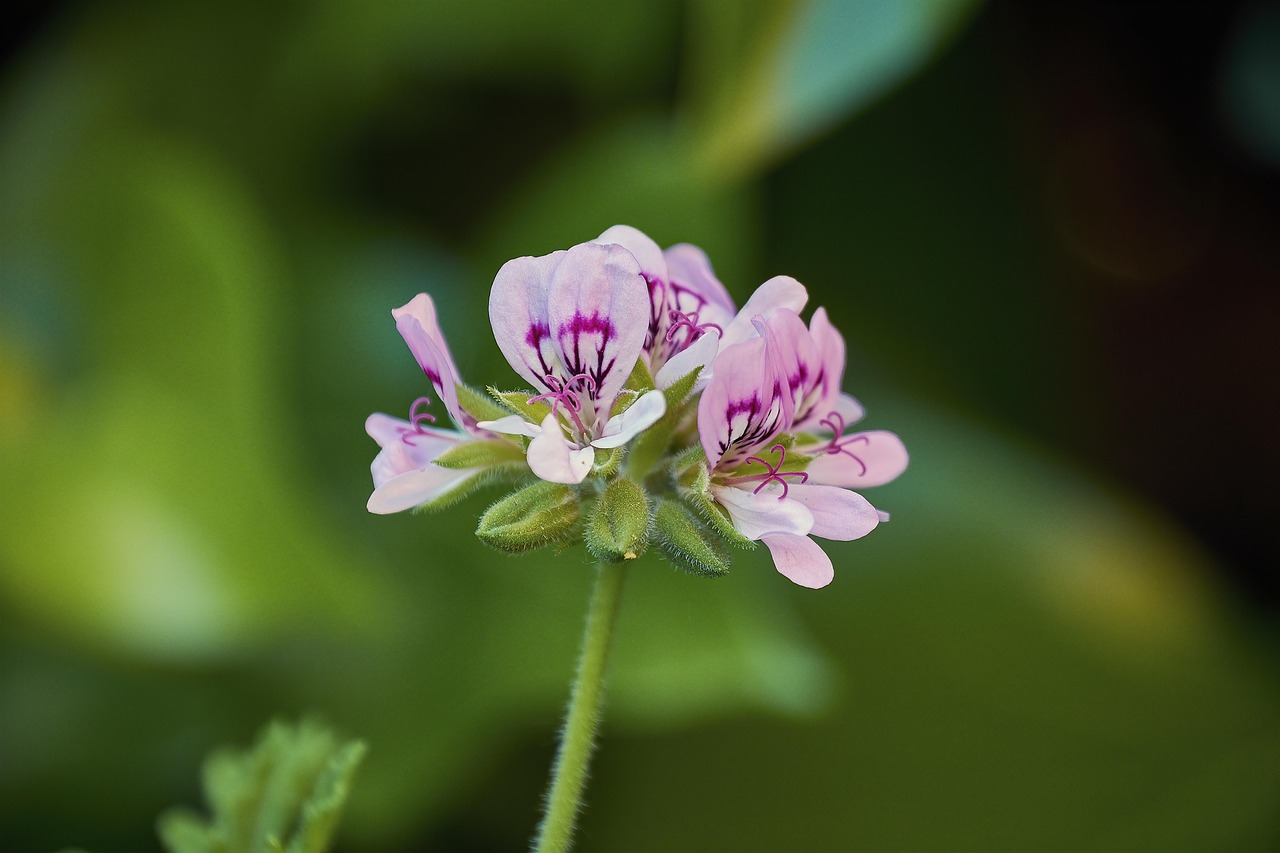Bletilla striata | A Quiet Presence in the Japanese Garden, Celebrated in Classical Literature

Bletilla striata, commonly known as the Chinese Ground Orchid or simply “Shiran” in Japanese, is a perennial plant that colors early summer gardens with its vivid purple and white flowers.
Originating from Japan and other parts of Asia, it is widely appreciated for its resilience and ease of cultivation, making it a suitable choice even for beginners.
In this article, I will introduce the basic information, cultural background, historical significance, and cultivation tips for Bletilla striata.
Basic Information
- Scientific name: Bletilla striata
- Family: Orchidaceae
- Origin: Japan, China, Korea, and other parts of East Asia
- Appearance: This plant features slender leaves and upright stems adorned with graceful flowers measuring about 3–5 cm. Its blossoms come in shades of purple, pink, and white, with multiple flowers blooming on a single stem, adding a natural elegance to the garden.
- Blooming season: From late April to mid-June. The flowers last long, making them enjoyable both in the ground and in pots.
Cultural Significance Around the World
Bletilla striata has long been cherished in Japan and China, valued as a flower that enhances the beauty of gardens and temple landscapes.
In Japan, it is often planted as an accent in traditional gardens, where its modest yet refined beauty reflects the changing seasons. In the world of tea ceremony, it is sometimes used in gardens and arrangements, appreciated as a flower that enhances quietness and serenity.
In China, Bletilla striata is regarded as a type of orchid and symbolizes grace and refinement. It has long appeared in poetry and paintings, beloved by scholars and poets.
In Korea, too, it plays an important role in traditional garden culture, frequently planted in classical gardens and around residences.
Historical Background

The name “Shiran” in Japanese means “purple orchid.” Its history dates back to ancient times: it was already planted in gardens during the Nara period (8th century) and is mentioned in Heian-period literature.
By the Edo period, it had become widely cultivated as an ornamental plant, found in samurai residences and temple gardens.
In China, it was cultivated as early as the Tang dynasty and celebrated in garden culture. As a member of the orchid family, it symbolized integrity in Confucian thought and was frequently praised in poetry.
Gardening Advice
Bletilla striata is hardy and easy to grow, but with proper care and environment, you can enjoy even more beautiful blooms.
Light
Prefers partial shade. Avoid direct sunlight; dappled light under trees is ideal. Indoors, place it in bright but indirect light.
Watering
When planted in the ground, rainfall is usually sufficient, though supplemental watering may be needed during long dry spells. In pots, water thoroughly when the surface soil dries, but avoid overwatering to prevent root rot.
Soil
Prefers well-drained soil. Use a mixture of leaf mold and perlite when planting.
Fertilizer
Apply slow-release or liquid fertilizer once a month during the growing season (spring to summer). Follow the recommended amount and avoid overfertilizing.
Pruning
After flowering, remove withered flower stalks and leaves. This not only tidies the plant’s appearance but also helps concentrate its energy on new growth.
Wintering
The above-ground parts die back in winter, but the rhizomes remain dormant until spring. In colder regions, cover the base with leaf mulch or other protective material.
Conclusion
Bletilla striata is a refined and modest flower that enhances the charm of Japanese gardens and traditional landscapes.
Its resilience makes it suitable even for novice gardeners, whether planted in the ground or in pots. With proper seasonal care, you can enjoy the elegant blossoms of Shiran year after year.





